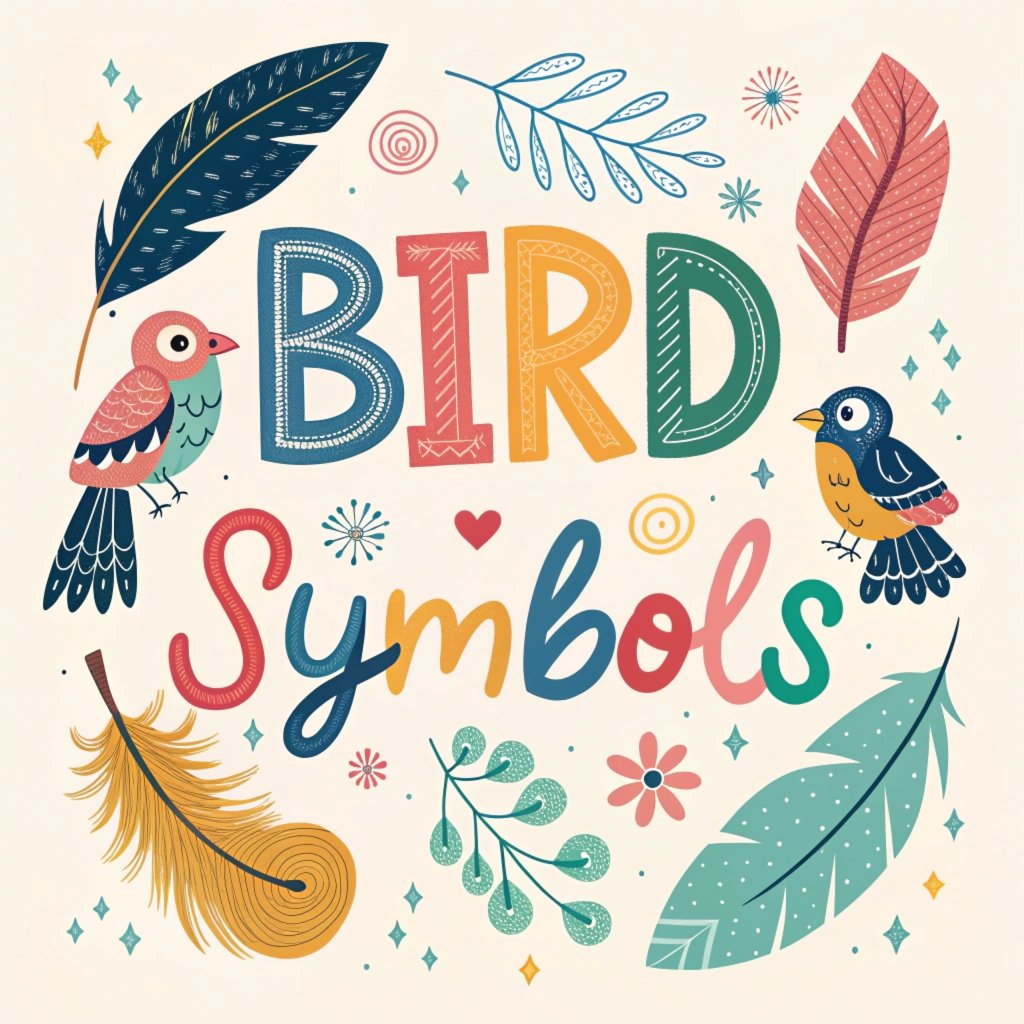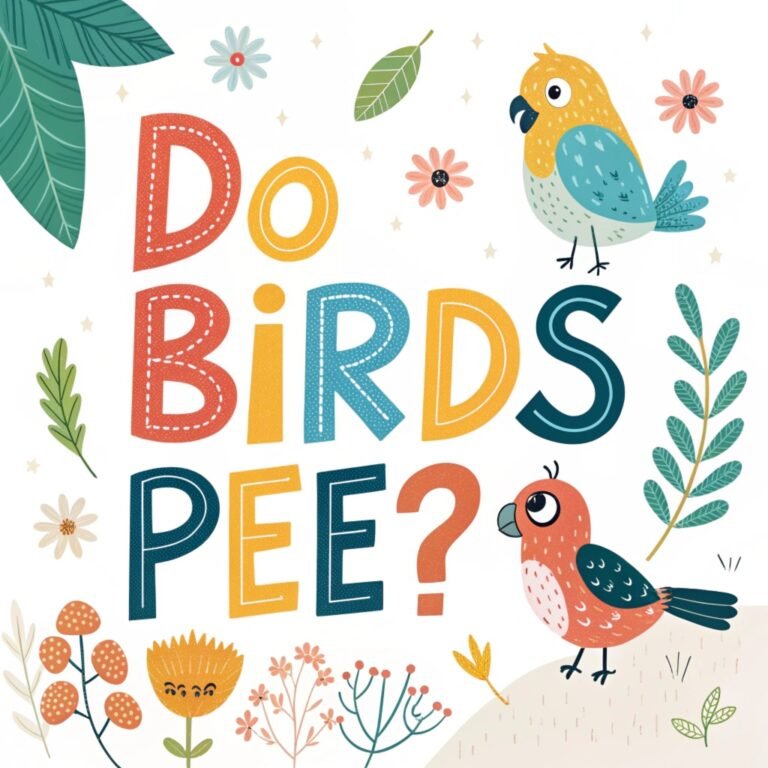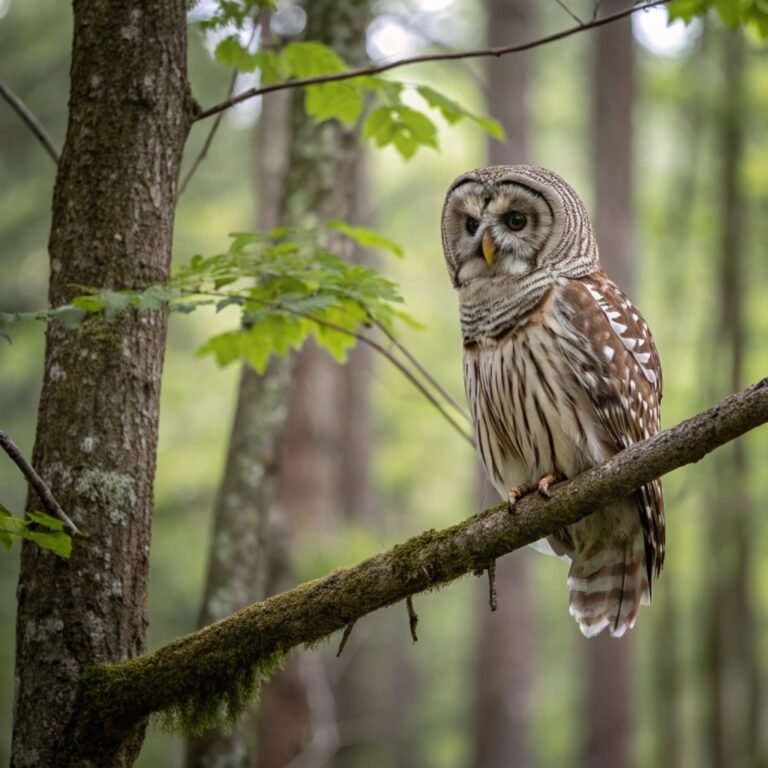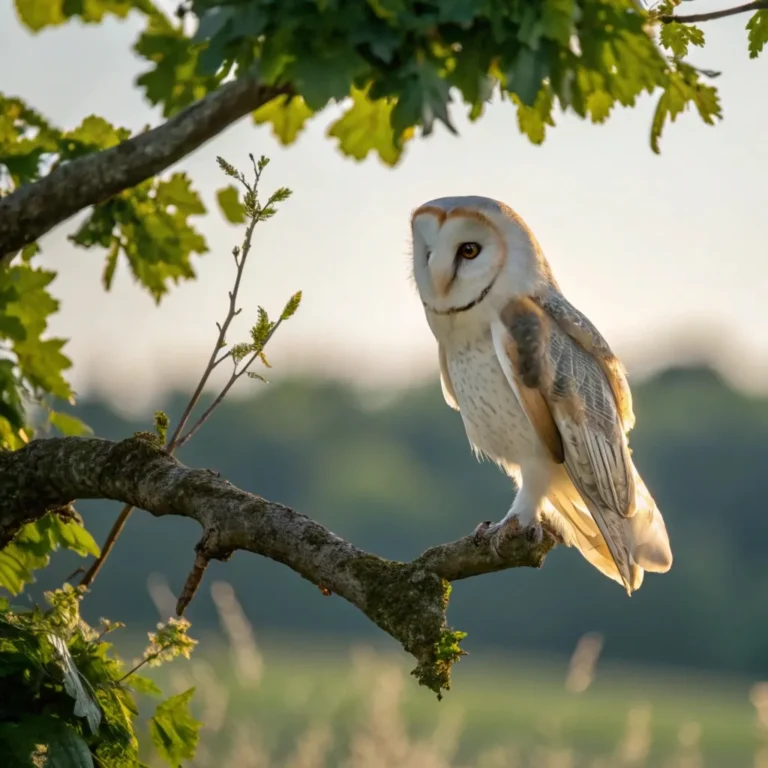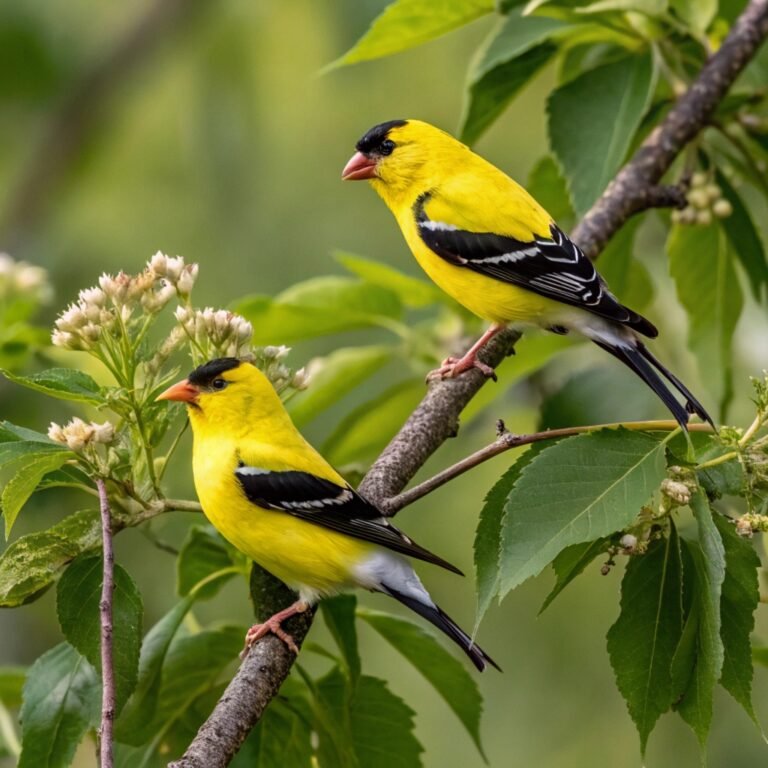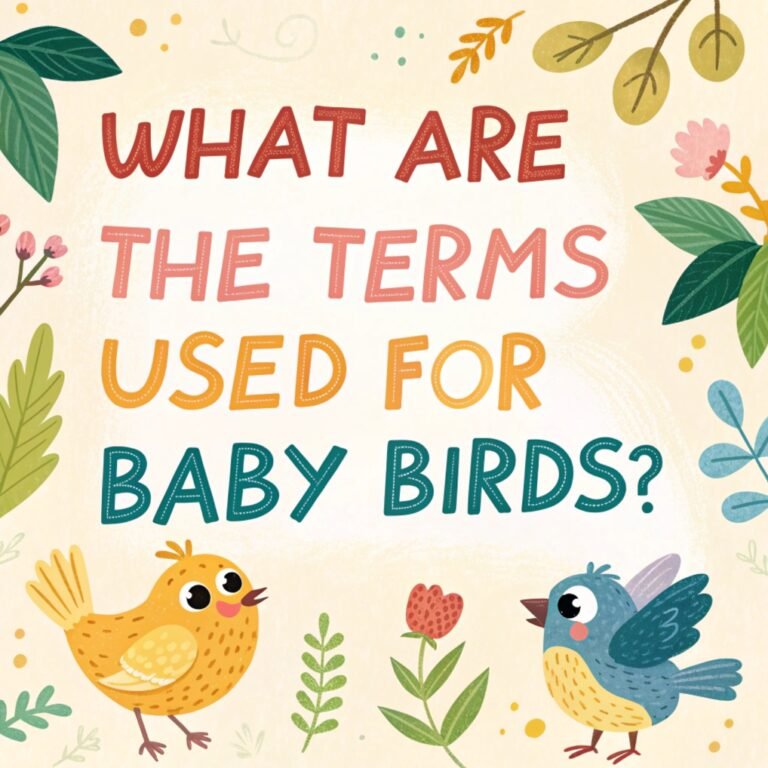13 Bird Symbols: A Comprehensive Collection of Avian Symbolism Across Cultures and Traditions
Birds have long captivated the human imagination, serving as powerful symbols in various cultures, religions, and mythologies around the world.
These feathered creatures, with their ability to soar through the skies, have come to represent a wide range of concepts, from freedom and spirituality to wisdom and transformation.
In this comprehensive exploration of bird symbolism, we’ll delve into the fascinating meanings attributed to different bird species across diverse cultures and traditions.

Key Takeaways
Here’s a concise summary of the most important points about bird symbolism:
- Universal Significance: Birds have been symbolic in human cultures for millennia, representing concepts like freedom, spirituality, and divine messages.
- Dove: Universally recognized as a symbol of peace and love, with religious significance in Christianity and other traditions.
- Eagle: Embodies power, courage, and freedom. Revered in many cultures, including Native American traditions and as national symbols.
- Owl: Associated with wisdom and mystery in Western cultures, but may symbolize death or bad omens in others.
- Phoenix: Mythical bird representing rebirth and renewal, found in various cultural mythologies.
- Raven: Often seen as a trickster or messenger figure, with complex symbolism ranging from wisdom to death.
- Peacock: Symbolizes beauty, pride, and immortality in many cultures, with significant religious associations.
- Swan: Represents grace, purity, and transformation, featured in various mythologies and folklore.
- Hummingbird: Symbolizes joy, resilience, and the ability to find sweetness in life.
- Crane: Associated with longevity, good fortune, and fidelity, especially in Asian cultures.
- Rooster: Represents vigilance, courage, and new beginnings across various traditions.
- Albatross: Symbolizes freedom of the seas and spiritual journeys, with both positive and negative connotations.
- Kingfisher: Associated with prosperity, peace, and love in different cultural contexts.
- Flamingo: Represents balance, grace, and embracing uniqueness.
- Spiritual Significance: Many cultures interpret bird sightings or visits as messages from the spiritual realm or signs of good fortune.
- Cultural Variations: The symbolism of birds can vary significantly between cultures, with some birds having contradictory meanings in different traditions.
- Death Symbolism: Certain birds, particularly dark-colored species like ravens and crows, are sometimes associated with death in various mythologies.
The Universal Significance of Birds in Human Culture
Birds have held a special place in human culture since ancient times. Their ability to fly has often been associated with freedom, transcendence, and the connection between the earthly and spiritual realms.
In many cultures, birds are seen as messengers between humans and the divine, carrying prayers and messages to the heavens.
The diversity of bird species has led to a rich tapestry of symbolism, with different birds representing various aspects of life, death, and the human experience.
Throughout history, birds have been featured prominently in art, literature, and religious texts, further cementing their symbolic importance.
From the majestic eagle to the humble sparrow, each bird carries its own unique set of meanings and associations, reflecting the values and beliefs of the cultures that revere them.
The Dove: A Universal Symbol of Peace and Love
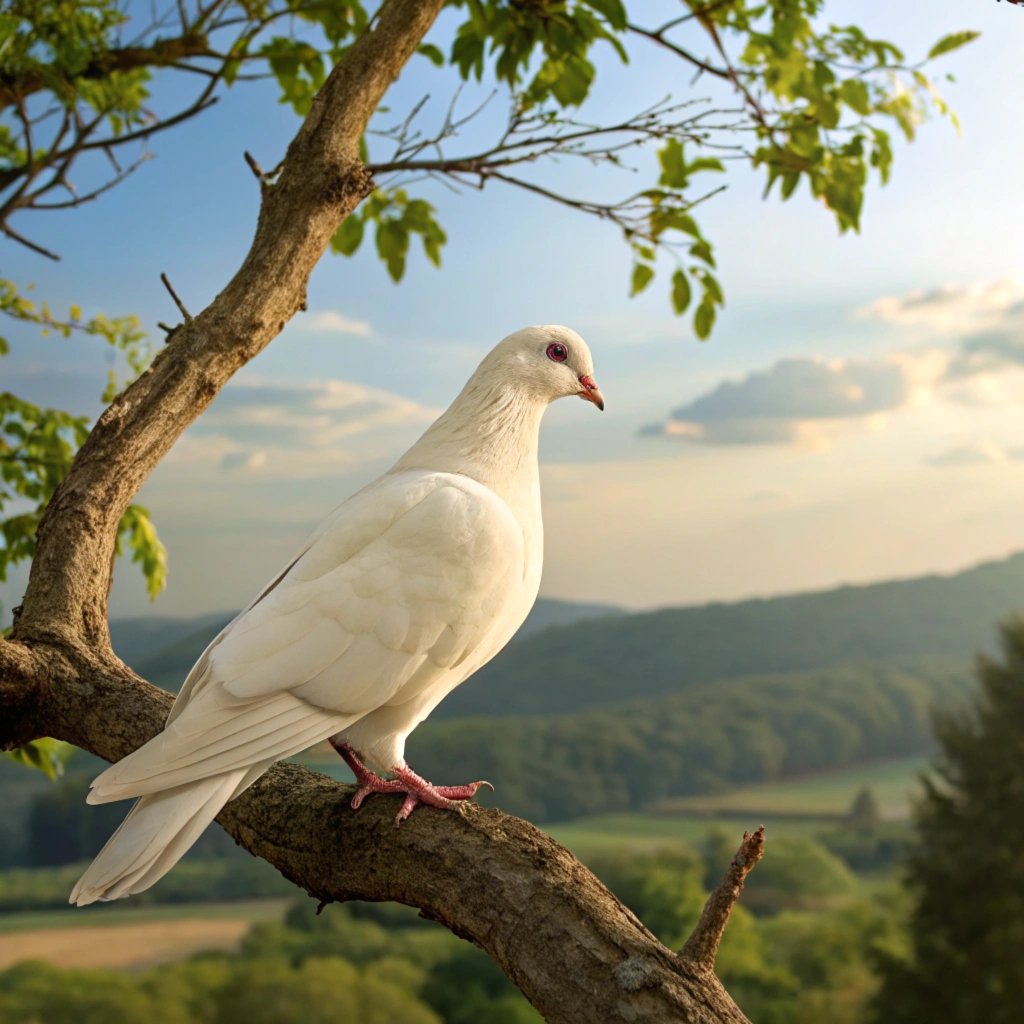
The dove is perhaps one of the most widely recognized bird symbols across cultures. In Christianity, the dove represents the Holy Spirit and is often depicted in religious art descending from heaven.
This association with divinity and peace extends to other cultures as well. In ancient Near Eastern traditions, the dove was linked to fertility and divine protection.
The dove’s gentle nature and soft cooing have made it a symbol of love and harmony in many societies.
In Greek mythology, doves were associated with Aphrodite, the goddess of love. Today, the image of a dove with an olive branch in its beak is universally recognized as a symbol of peace, originating from the biblical story of Noah’s Ark.
The Eagle: Embodiment of Power and Freedom
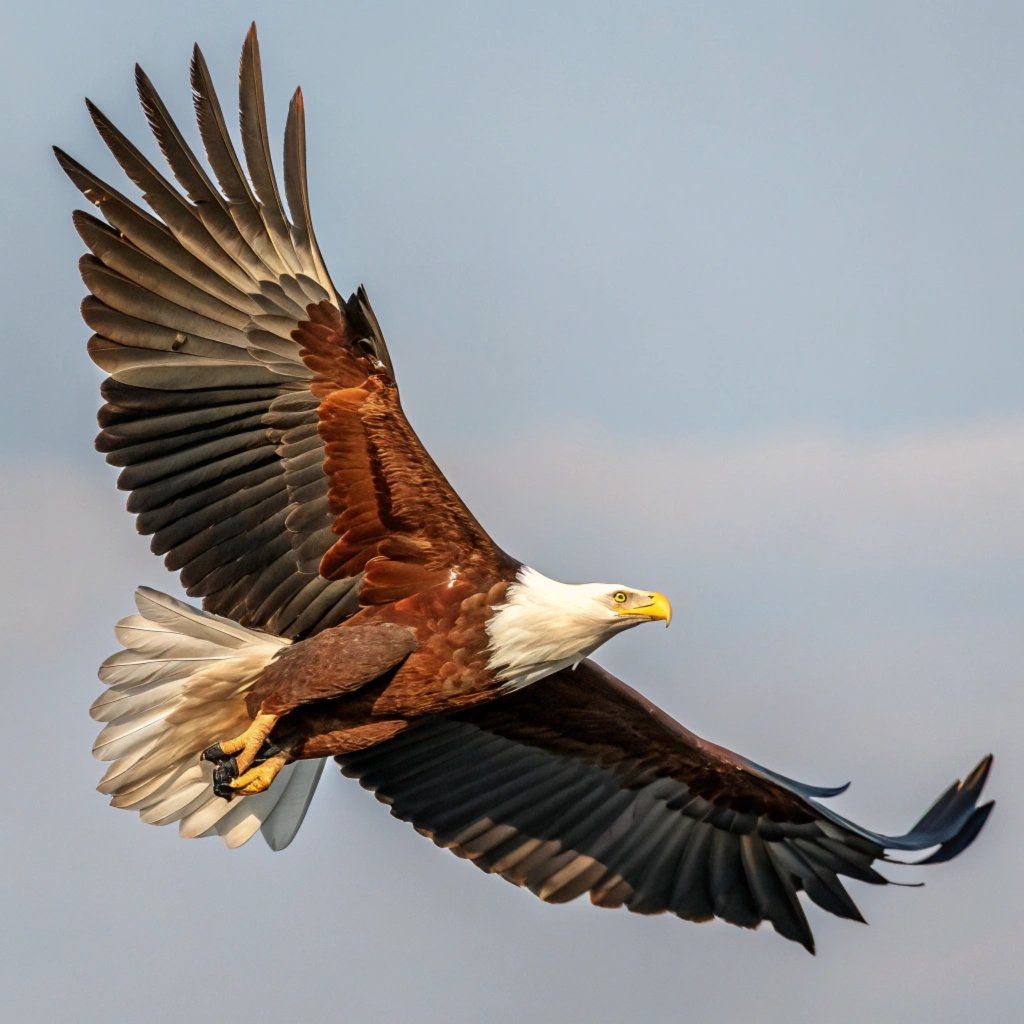
The eagle, with its piercing gaze and impressive wingspan, has long been a symbol of power, courage, and freedom. In many cultures, the eagle is associated with the sun and the sky, representing the highest ideals and aspirations.
In ancient Greece, the eagle was linked to Zeus, the king of the gods, symbolizing divine power and victory.
Native American cultures hold the eagle in high regard, seeing it as a spiritual guide and a connection to the Great Spirit.
The eagle’s feathers are considered sacred and are often used in important ceremonies and rituals. In modern times, the bald eagle serves as the national emblem of the United States, embodying the ideals of freedom and strength.
The Owl: Wisdom and Mystery in the Night

The owl, with its large eyes and nocturnal habits, has long been associated with wisdom, knowledge, and the mysteries of the night. In ancient Greek mythology, the owl was sacred to Athena, the goddess of wisdom.
This association with wisdom and learning has persisted in Western culture, with the owl often used as a symbol for educational institutions.
However, the owl’s symbolism is not universally positive. In some cultures, particularly in parts of Africa and the Middle East, owls are seen as harbingers of death or bad omens.
This duality in symbolism reflects the owl’s mysterious nature and its ability to see in the darkness, both literally and metaphorically.
The Phoenix: Rebirth and Renewal from the Ashes

The phoenix, a mythical bird found in various cultures, is a powerful symbol of rebirth, renewal, and immortality. According to legend, this magnificent bird cyclically regenerates itself, rising from its own ashes after being consumed by fire.
This symbolism of renewal and overcoming adversity has made the phoenix a popular motif in literature, art, and even modern popular culture.
In ancient Egyptian mythology, the phoenix was associated with the sun god Ra and the cycle of death and rebirth.
In Chinese folklore, the phoenix, known as the Fenghuang, represents the union of yin and yang and is often paired with the dragon as a symbol of harmony between masculine and feminine energies.
The Raven: Trickster and Messenger of the Gods
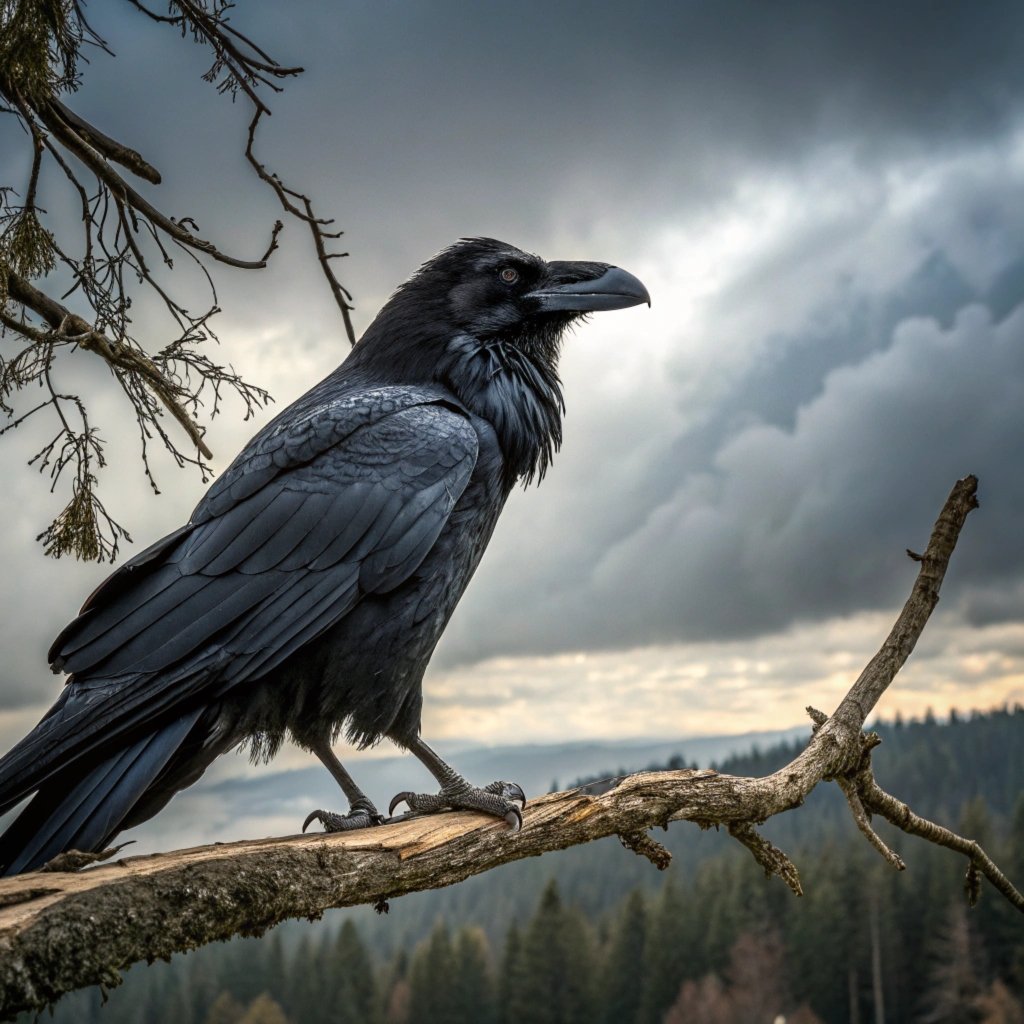
The raven, with its glossy black feathers and intelligent demeanor, holds a complex and often contradictory symbolism in many cultures. In Norse mythology, ravens were associated with Odin, the god of wisdom and war.
His two ravens, Huginn and Muninn (thought and memory), would fly across the world and bring back information to their master.
In many Native American traditions, the raven is seen as a trickster figure, clever and mischievous, but also as a creator and transformer of the world.
The raven’s association with death and the afterlife is common in European folklore, where it is often seen as a harbinger of doom.
Despite these darker associations, the raven is also admired for its intelligence and adaptability.
The Peacock: Beauty, Pride, and Immortality

The peacock, with its stunning plumage, has long been a symbol of beauty, pride, and immortality in various cultures. In Hinduism, the peacock is associated with several deities, including Krishna and Kartikeya, and its feathers are considered sacred.
The “eyes” on the peacock’s tail feathers are seen as symbols of divine omniscience.
In Christianity, the peacock’s ability to shed and regrow its feathers made it a symbol of resurrection and renewal.
In ancient Greece and Rome, the peacock was associated with Hera (Juno in Roman mythology), the queen of the gods, symbolizing royalty and divine protection.
The peacock’s display of its magnificent tail has also made it a symbol of pride and vanity in some contexts.
The Swan: Grace, Purity, and Transformation

The swan, with its elegant white plumage and graceful movements, has been a powerful symbol in many cultures.
In Greek mythology, Zeus transformed himself into a swan to seduce Leda, resulting in the birth of Helen of Troy.
This association with divine transformation has made the swan a symbol of change and renewal.
In Celtic mythology, swans are often associated with love and purity. The legend of the Children of Lir, where children are transformed into swans, speaks to themes of endurance and eventual freedom.
In Hinduism, the swan or “hamsa” is a sacred bird representing divine wisdom and the ability to discern truth from falsehood.
The Hummingbird: Joy, Resilience, and the Sweet Nectar of Life

The tiny hummingbird, with its ability to hover and fly backwards, symbolizes joy, resilience, and the ability to find sweetness in life. In Native American cultures, hummingbirds are often seen as healers or bringers of love.
Their small size but incredible strength and endurance make them symbols of perseverance and accomplishing the seemingly impossible.
In Aztec mythology, the god Huitzilopochtli was associated with hummingbirds, and the Aztec believed that fallen warriors would return to earth as hummingbirds and butterflies.
The hummingbird’s role as a pollinator has also made it a symbol of continuity and the interconnectedness of all living things.
The Crane: Longevity, Good Fortune, and Fidelity
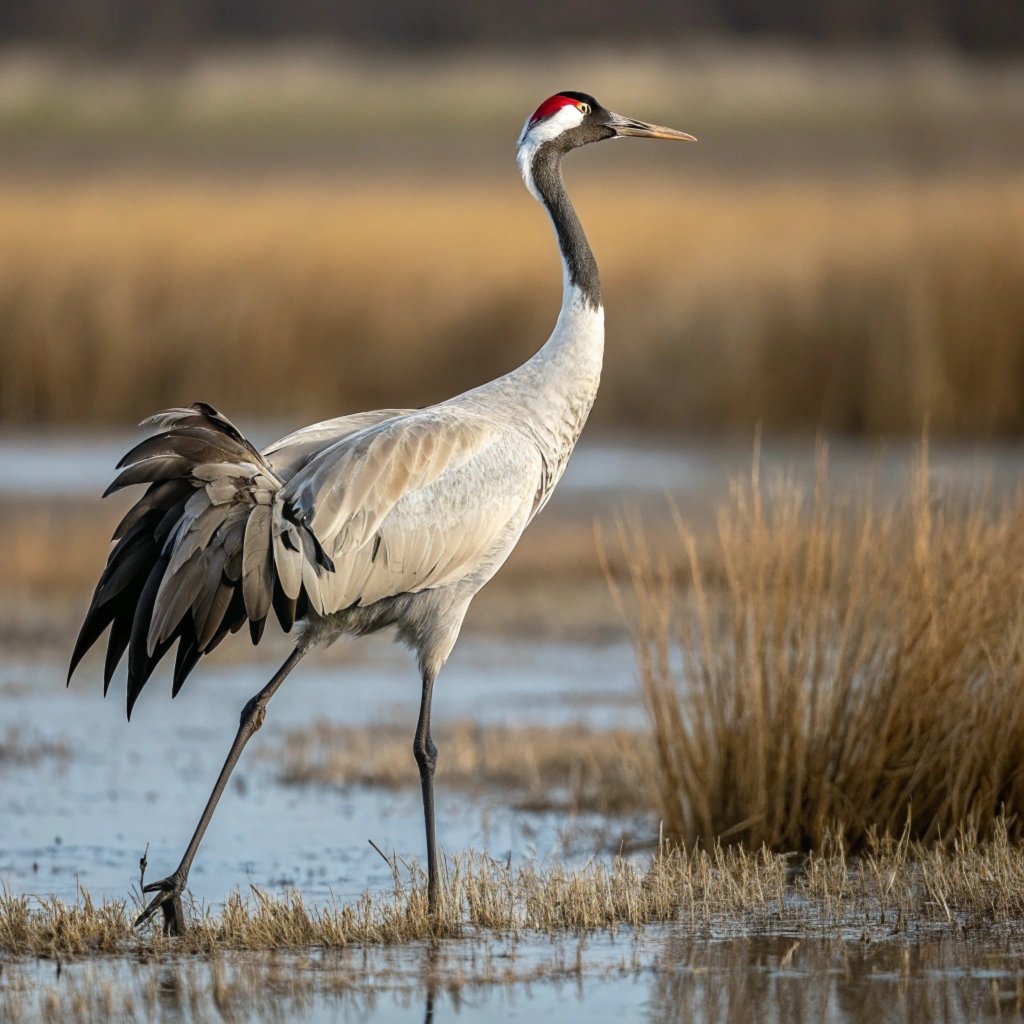
Cranes hold significant symbolism in many Asian cultures, particularly in China and Japan. These elegant birds are symbols of longevity, good fortune, and fidelity.
In Japanese culture, the crane is said to live for a thousand years, and folding a thousand paper cranes is believed to grant a wish.
The crane’s graceful courtship dance has made it a symbol of marital harmony and fidelity. In Chinese art, cranes are often depicted with pine trees and stones, representing longevity and steadfastness.
The image of a crane in flight is also associated with social status and the journey of the soul in the afterlife.
The Rooster: Vigilance, Courage, and New Beginnings

The rooster, with its proud stance and morning call, has been a symbol of vigilance, courage, and new beginnings in many cultures.
In Christianity, the rooster’s crow is associated with Peter’s denial of Jesus and serves as a reminder of human fallibility and the need for repentance.
In Chinese astrology, the rooster is one of the 12 zodiac animals, representing confidence, punctuality, and honesty.
The Gallic rooster is an unofficial national symbol of France, embodying the country’s spirit of pride and bravery.
In many agricultural societies, the rooster’s morning call has made it a symbol of the dawn and the start of a new day, representing hope and renewal.
The Albatross: Freedom of the Seas and Spiritual Journeys
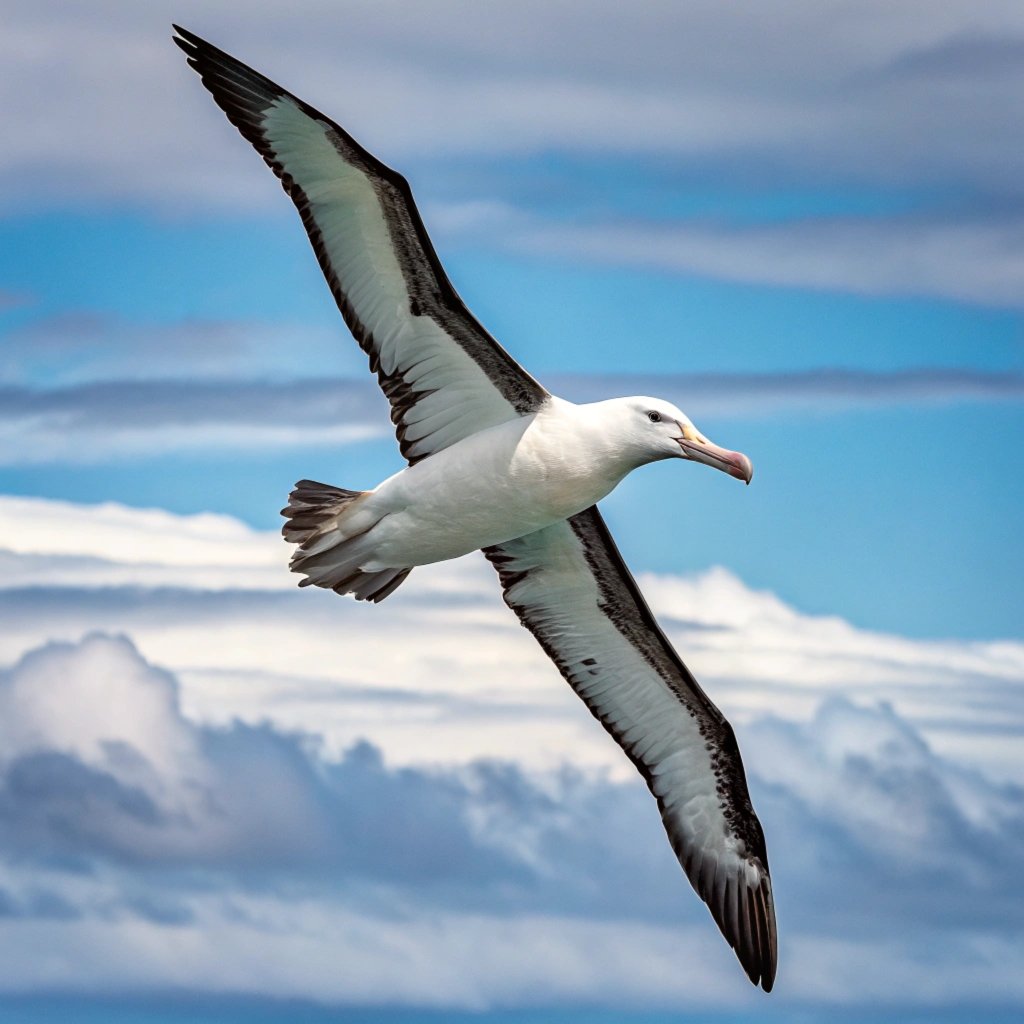
The albatross, with its impressive wingspan and ability to soar over vast oceans, has long been a symbol of freedom and spiritual journeys.
Sailors have traditionally viewed the albatross as a good omen, believing that these birds carried the souls of dead sailors.
However, the albatross also carries more ominous symbolism, particularly in Western literature.
In Samuel Taylor Coleridge’s poem “The Rime of the Ancient Mariner,” the killing of an albatross brings terrible misfortune, leading to the phrase “an albatross around one’s neck” to describe a heavy burden of guilt or responsibility.
The Kingfisher: Prosperity, Peace, and Love

The kingfisher, with its vibrant plumage and fishing prowess, holds various symbolic meanings across cultures. In many traditions, the kingfisher is associated with prosperity, peace, and love.
The ancient Greeks believed that kingfishers had the power to calm the seas, giving rise to the term “halcyon days” for periods of peace and tranquility.
In some Native American traditions, the kingfisher is seen as a symbol of patience and successful hunting.
In China, the kingfisher’s feathers were often used in intricate jewelry and art, symbolizing feminine beauty and grace.
The bird’s ability to dive into water and emerge with its prey has also made it a symbol of decisive action and clarity of purpose.
The Flamingo: Balance, Grace, and Embracing One’s Uniqueness
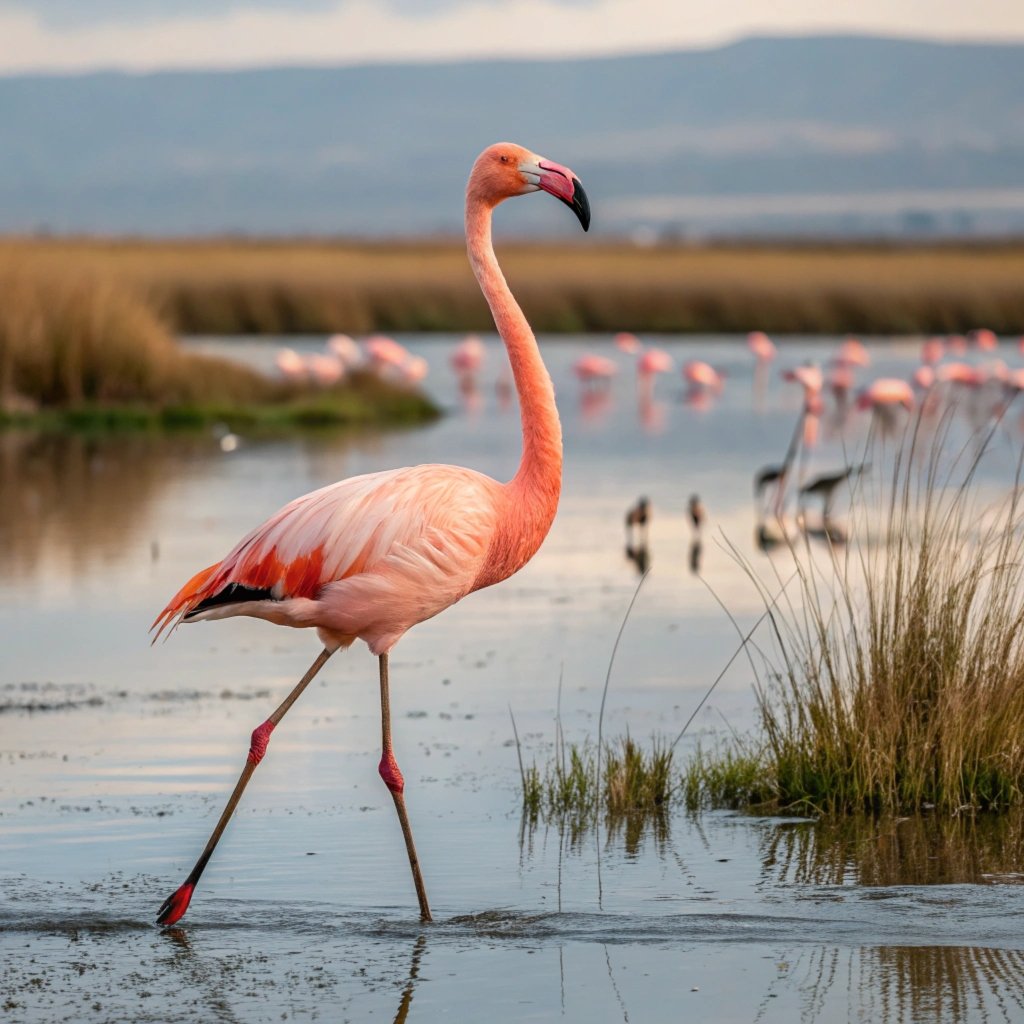
The flamingo, with its distinctive pink plumage and one-legged stance, has become a symbol of balance, grace, and embracing one’s uniqueness. In many cultures, the flamingo’s pink color is associated with love and emotions.
The bird’s ability to thrive in harsh, salty environments has made it a symbol of adaptability and resilience.
In ancient Egyptian mythology, the flamingo was associated with the sun god Ra and was seen as a symbol of rebirth. In some Native American traditions, the flamingo is viewed as a symbol of healing and emotional balance.
In modern popular culture, the flamingo has become an icon of tropical paradise and carefree living.
FAQs
What is the spiritual meaning of seeing a bird?
Seeing a bird often carries spiritual significance across many cultures. Generally, birds are seen as messengers from the divine or spiritual realm. The specific meaning can vary depending on the type of bird and the context in which it’s seen.
For example, seeing an eagle might represent strength and freedom, while a dove could symbolize peace and love. Some believe that seeing a bird in an unusual place or repeatedly encountering a specific bird species could be a sign or message from the universe or a departed loved one.
What does it mean when a bird visits you?
When a bird visits you, it’s often interpreted as a sign of good fortune or a message from the spiritual realm. The meaning can vary based on the type of bird and the circumstances of the visit.
For instance, a robin visiting might signify the arrival of spring and new beginnings, while an owl might be seen as a harbinger of wisdom or a warning. In many traditions, a bird entering your home is considered a significant event, potentially foretelling important news or changes in your life.
What bird symbolizes death?
Several birds have been associated with death in various cultures, but the most common are:
- Ravens and Crows: Often seen as omens of death in Western cultures.
- Owls: In some cultures, particularly in parts of Africa and the Middle East, owls are considered harbingers of death.
- Vultures: Due to their association with carrion, vultures are often linked to death and the afterlife.
- Black Birds: In general, dark-colored birds are sometimes associated with death or the underworld in various mythologies.
It’s important to note that these associations are cultural and symbolic, and the same birds often have positive meanings in other contexts or cultures.

Hello, I’m Emily Price, the founder of Birds Affection. As a passionate bird enthusiast and spiritual seeker, I’ve always been fascinated by the symbolic meanings and mystical connections between birds and our lives. On this website, I share my knowledge and insights on the spiritual significance of various bird species, exploring their roles as messengers, guides, and teachers. Through my writing, I aim to inspire and educate others on the profound wisdom and beauty that birds bring to our world. Join me on this journey as we delve into the enchanting realm of bird symbolism and discover the hidden meanings behind these magnificent creatures.

